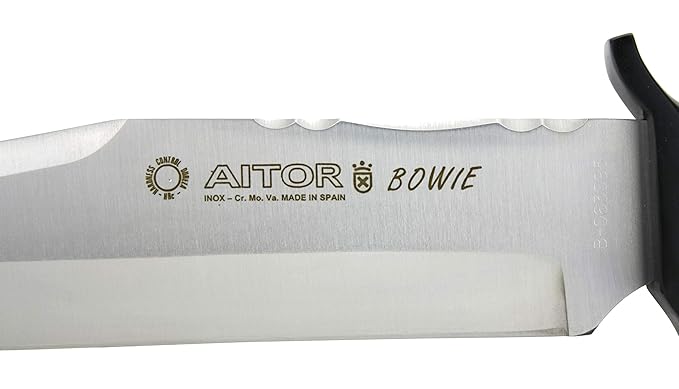- Joined
- Oct 11, 2013
- Messages
- 22,601
Suppose someone buys a $7000 watch that is rated to a 1000M depth. The watch maker knows 99.99% of their customers will never go past 200M so they go cheaper on the case tolerances and water seals to save on production costs. They calculate if that rare 1 in 10,000 customer actually pushes the watch to its limits an it fails, they can simply eat the replacement cost and still end up way ahead of actually making the watch consistently withstand 1000M of depth. So, if you were in the market for a high end watch or had already purchased one and then discovered this was a standard industry practice, wouldn't you be a little pissed? This is pretty much what's happening with HRC and knives, but you have so many people saying: oh, you'll never notice the difference anyway or oh, no one pushes M390 to it's limits so it doesn't matter. I think if makers are stating 59-60HRC it damn well should be in that range. What we mostly have instead is: oh, you caught us. Here, have another knife on us; now please go away.
While I hear you, at the end of the day, it's cheaper to do exactly as you describe. Furthermore, I think it would shock and disgust you to find out exactly how many companies across a countless number of industries do this exact thing. It's simply cheaper, and again, if your product fails, they can just replace it with one that doesn't. And again, we're talking about pocket knives. Where are all the people who are using M390 bladed knives and oh gee, if only it'd been four points harder, it wouldn't have broken, or gotten dull? Does anyone have an objective metric on how long between sharpening an extra four points gets you?
I mean, objectively I know the answer is "No, no I don't, because there are simply too many variables to correctly ascertain what you're asking for", but I wanted to give you the benefit of the doubt.

